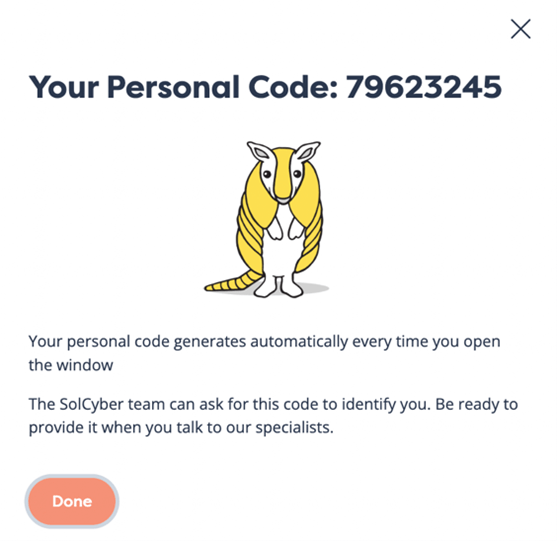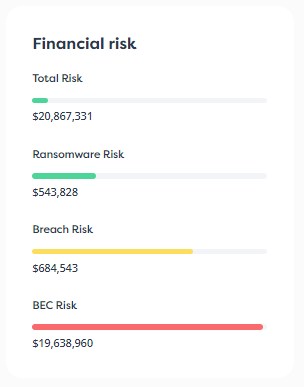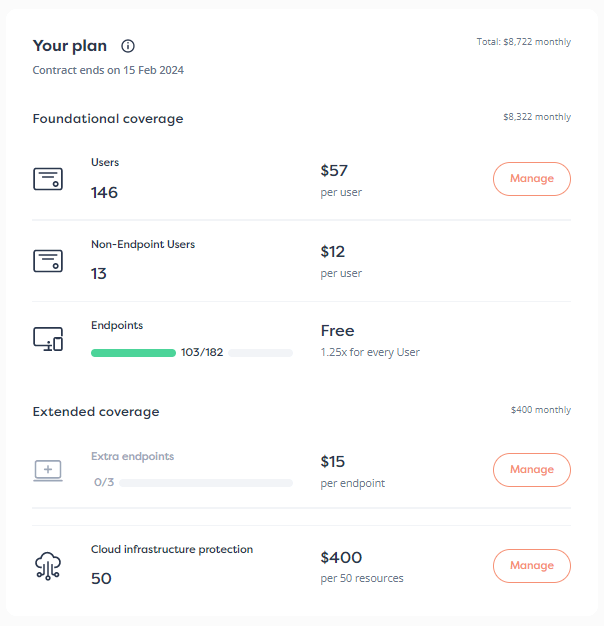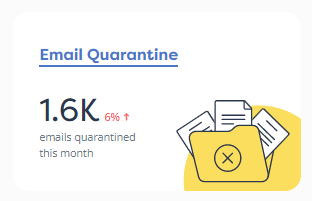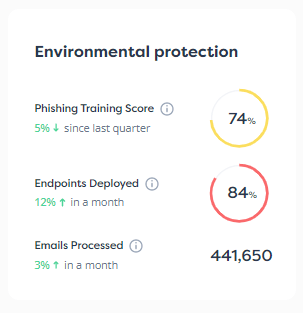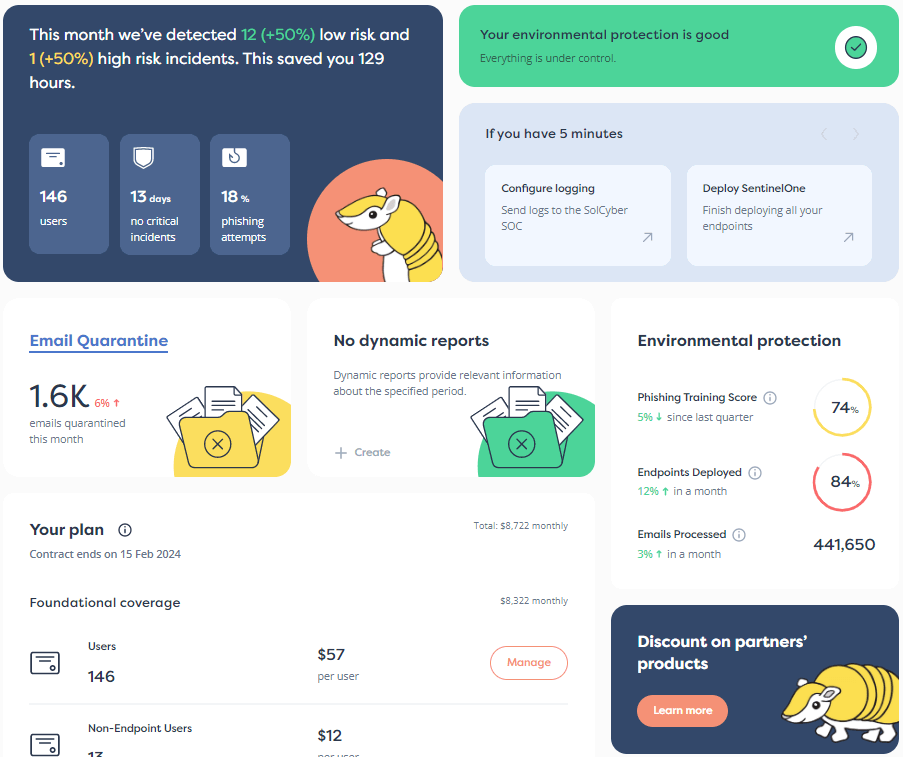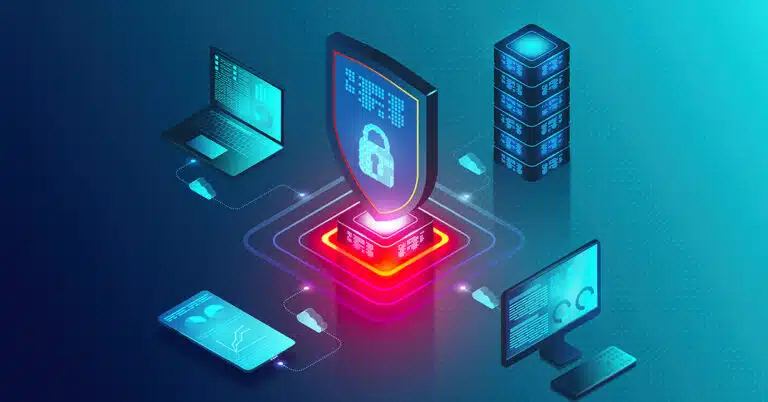
As cyber threats became more evolved and sophisticated, the cybersecurity industry responded by developing more complex technologies. These technologies included the ability to detect intrusions through behavioral analysis, as well as advanced technologies for determining patterns from numerous data sources that indicate a compromise or that an unauthorized user is lurking in an organization’s network.
Each advancement improved the ability of cybersecurity professionals to combat cyber threats, but it also started siloing cybersecurity solutions. Eventually, multiple technologies and tools existed that accomplished different things, leaving companies to decide what tools they needed while struggling to manage them all.
Managed Detection and Response (MDR) was a way forward away from this confusing mess, and it has since become a vital part of any organization’s cyber resiliency.
MDR is now a major player in cybersecurity solutions, and the vendor market has responded in kind, with almost all managed security service providers (MSSPs) offering MDR services.
However, many businesses might not know what MDR is, making it a challenge to find the right provider. In this guide, we’re going to define what MDR is, discuss the benefits of MDR, as well as go over some of the MDR tools available to ensure you have comprehensive protection.
MDR refers to a cybersecurity service that offers a proactive approach to monitoring and protecting endpoints, cloud environments, and networks. MDR services run 24/7 and use advanced technology as well as human expertise to combat cyber threats. Unlike other services, MDR focuses on more than just detection—it also typically includes incident response security services.
MDR is an extension of EDR—endpoint detection and response—which refers only to the automated tools used to monitor endpoints. Whereas MDR tools and EDR tools are largely similar, MDR as a service incorporates a response element.
Think of it this way, EDR will alert you if your house is on fire, but no one is coming to help. With MDR, however, you’ll have a fire brigade coming to save the day as soon as an issue is detected.
MDR emerged as a response to the expanding attack surface of organizations and to the way threat actors were leveraging vulnerabilities by finding new ways into an organization and moving laterally into the business once they’d found their way in. The extensive use of cloud-based apps and SaaS (software-as-a-service) offerings means businesses have a much larger digital footprint, making it difficult to oversee all endpoints.
Using in-house methods to monitor all these endpoints is both costly and less effective than leveraging existing cybersecurity solutions. Additionally, according to an ISC2 report talent shortage remains a perennial problem in cybersecurity, making it difficult to find resources for an internal cybersecurity team to fully manage all endpoints.
Fortunately, an MDR solution fills in these holes as well as any existing knowledge gaps on how to properly establish and execute a comprehensive cybersecurity strategy.
Here’s how.
A typical organization today has a massive potential attack surface. More endpoint devices exist than ever, and countless organizations use different SaaS and cloud service providers for many of their day-to-day tasks. The cloud services an organization uses might be as simple as an accounting tool to keep bills organized or as sophisticated as a cloud infrastructure that houses the company’s intranet.
The many different devices and platforms make it more challenging for a single tool to spot an attacker traversing these platforms and draw connections between each one. When done properly, MDR service providers ensure that every service is covered in its monitoring.
MDR replaces reactive security with a proactive approach, using behavioral analytics and machine learning to detect threats in real time. This prevents damage before it happens, going beyond traditional malware detection.
With 68% of breaches involving the human element (according to Verizon’s DBIR), MDR continuously monitors systems and engages in threat hunting to mitigate risks from compromised credentials, user errors, accidentally downloaded malware, or a direct insider attack.
For many companies, one historic problem area in cybersecurity has been “alert fatigue,” which occurs when a cybersecurity system triggers so many false positives that the operator pays less attention to real alerts.
MDR solves this by using advanced technology to prioritize alerts and leveraging human analysts to understand and act on alerts faster so that only priority alerts and messages make it down to your organization.
The most vital aspect of MDR is response. An EDR solution is of little use if nothing is done with the alerts it provides.
Effective response requires having an incident response plan in place that has been drilled and practiced long before a breach occurs. The plan must include all stakeholders, even non-tech personnel such as key decision makers, PR, and legal. Each of these people has a role to play in the response to a cyberattack.
When considering an MDR provider, look into what its service includes and be sure it incorporates a comprehensive response among its offerings.
The gaps that MDR fills result in direct, tangible benefits. Specifically:
MDR is an essential service that all organizations should consider as their baseline.
Considering the over-reliance on SaaS and cloud services, MDR is a must for modern businesses that want to have a strong security posture.
Organizations with a less mature cybersecurity department will likely benefit the most from MDR. Larger organizations, with enterprise-level departments, might need something more sophisticated, such as XDR—extended detection and response.
Finding the right MDR provider is its own challenge because not every MDR service is the same. MDR isn’t something you pull out of a box like the specific model of a product. Instead, each MDR provider offers its own version of MDR.
We’ve described MDR as a fantastic solution that fills in the gaps left by typical EDR solutions, especially when combining automated and human-led responses. Unfortunately, not all MDR services were created equal, and it’s vital that you inspect any potential offering before jumping in.
Making matters worse, many vendors are also now leveraging MDR’s popularity by putting a shiny cover on an existing service and then calling it MDR.
When choosing an MDR provider, consider the following:
SolCyber is unique in the MDR service sector in that we offer far more than the typical MDR service provider—so much so that we call our service: MDR++.
When you sign up for SolCyber’s MDR++, you also receive market-leading EDR software packaged into the price.
SolCyber takes a human-led response approach. We believe in the latest technologies to help us discover and respond to risks. However, we also believe that humans are the ones who must lead the way forward when responding to a threat.
When you sign up with SolCyber, you receive flexibility in your program and can easily upgrade to a more comprehensive solution whenever you need it.
To learn more about SolCyber’s MDR services, check out our MDR++ page here.


By subscribing you agree to our Privacy Policy and provide consent to receive updates from our company.

